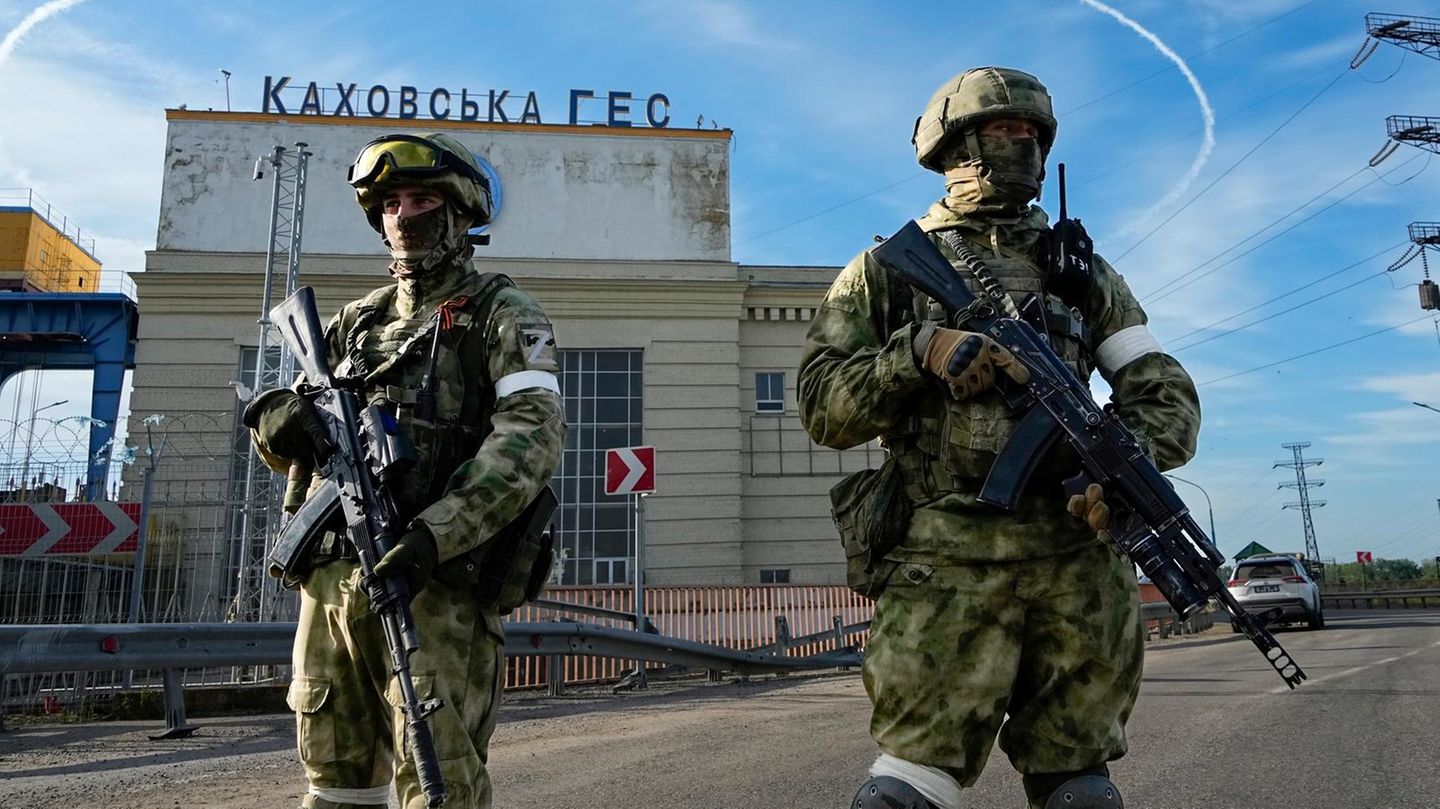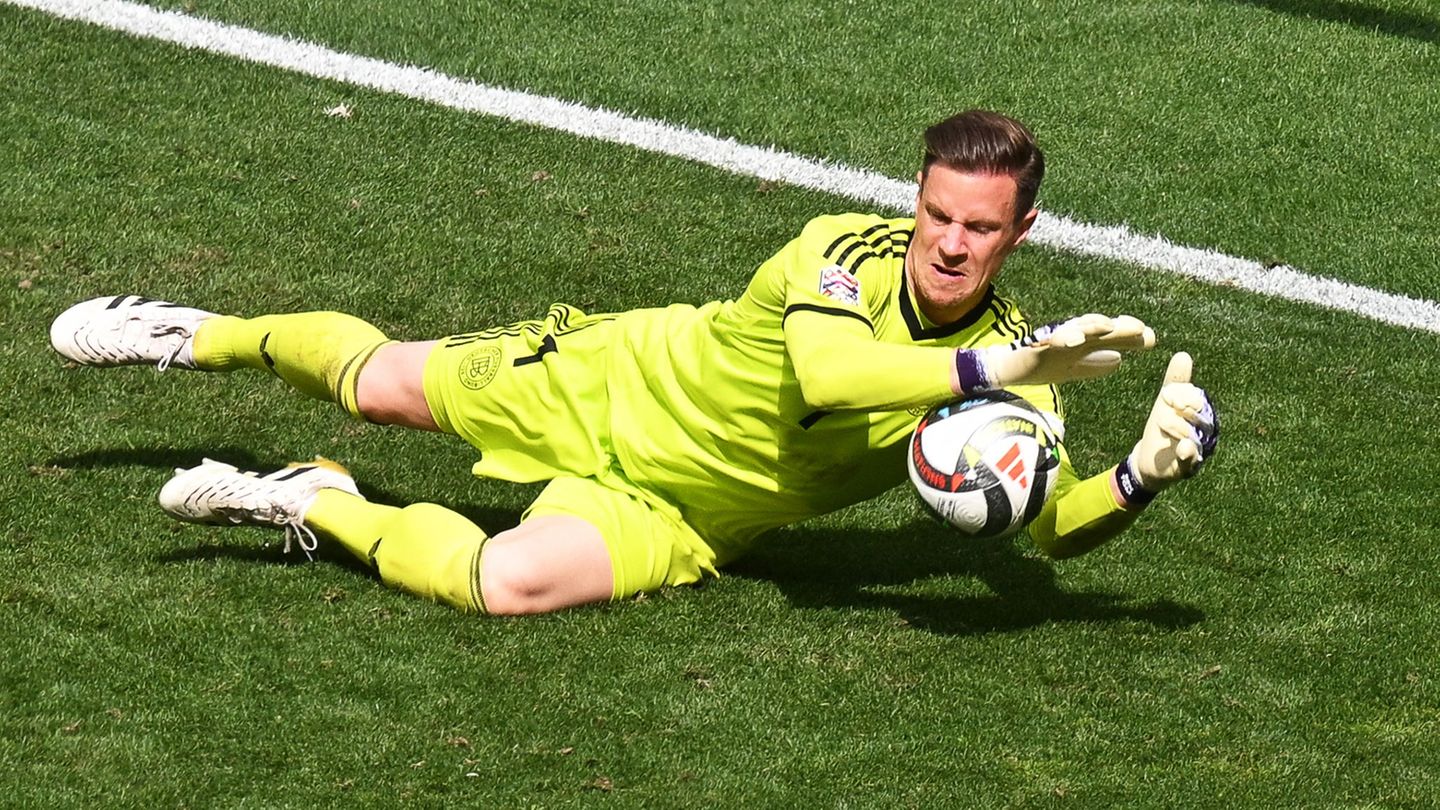Russia has set up its own administrations in occupied areas of Ukraine and wants to annex them in the long term. But Ukrainian partisans and guerrilla actions are giving the Kremlin troops a hard time.
After the massive explosions at the Russian air base in Saki, rumors circulated that Ukrainian partisans could be behind the incident on the Crimean peninsula, annexed since 2014. The cause of the detonations was actually an attack by Ukraine. Partisans who are loyal to Ukraine also played a role. President Volodymyr Zelensky’s adviser, Oleksiy Arestovych, also spoke unofficially of an attack and mentioned the possible use of partisans.
Experts are rather skeptical: The military expert Wolfgang Richter from the Stiftung Wissenschaft und Politik explained on ZDF that he considers an act of sabotage or a commando action by the Ukrainian armed forces in Crimea to be unlikely. Even former Bundeswehr General Eugen Rams does not want to believe in sabotage, after all the area has been under Russian control for eight years, he told the “Welt”.
Assassination attempts, sabotage and propaganda against the occupiers
The actual background to the explosions can therefore continue to be puzzled over. What is clear, however, is that the Russian occupiers in south-eastern Ukraine are facing growing resistance. “Guerrilla forces loyal to Kyiv are killing pro-Russian officials, blowing up bridges and trains, and helping the Ukrainian military by locating key targets,” reports the Associated Press (AP) news agency. This undermines the Kremlin’s control over the occupied territories and threatens its plans to hold referendums in various cities to secure annexation by Russia.
While fighting in neighboring Kherson and Zaporizhia regions intensified, a guerrilla war involving sabotage, assassinations, propaganda and disinformation campaigns has been going on for weeks, apparently aimed at undermining Russian control. Officials from Ukraine’s defense ministry and military intelligence have admitted that guerrilla groups are operating in the occupied territories.
Ukrainian partisans are said to have just shot at and injured two collaborators in a car in the Luhansk region occupied by Russian troops. The Ukrainian governor of the region, Serhiy Hajday, wrote on Telegram on Thursday that it was the mayor of the city of Bilovodsk and his deputy. In the southern city of Cherson, which is also occupied, the head of the regional occupation administration, Vladimir Saldo, was taken to a hospital a few days ago on suspicion of a heart attack and stroke. Doctors later explained that he was suspected of being poisoned. Saldo, who is now doing better, is one of the main targets of Ukrainian partisan activities.
On June 24, a bomb went off in a car occupied by Dmytro Savluchenko, who ran a local government office for youth and sport in Kherson. Savluchenko, described by Ukrainian media as “one of the most prominent local collaborators”, was reportedly killed in the attack.
Two days earlier, a car carrying the head of a suburban district outside of Kherson had been hit by a land mine and riddled with shrapnel. The leader, Yuriy Turulov, escaped with minor injuries, the Russian state media reported. He had previously been warned in a video by Ukraine’s domestic intelligence service SBU that he would be considered a “collaborator”.
In May, the mayor of the small town of Enerhodar, who was deployed by the Russian occupying forces, Andriy Shevchik, was seriously injured in a bomb attack in front of his mother’s house. A week later, a car bomb exploded outside the office of another Russian-appointed official in the occupied southern city of Melitopol, about 120 kilometers from Enerhodar.
By its very nature, the secret activities of insurgents are opaque and often cannot be independently verified. Ukraine is interested in playing up talk of rebellion and Russians are interested in downplaying it. However, the Enerhodar assassination is one of more than a dozen high-profile attacks in recent weeks that analysts say indicate increased partisan activity against Russian occupying forces in the Cherson and Zaporizhka regions of southern Ukraine.
Ukraine publishes instructions for Russian deserters
These activities also include the dissemination of propaganda. According to the AP, Cherson was deluged with leaflets threatening Moscow-backed officials. When Ukrainian troops used a US-supplied Himars multiple rocket launcher to damage a strategically important bridge over the Dnieper in the occupied city for Russia, leaflets appeared shortly beforehand with the message: “If Himars can’t make it, a partisan will help.”
Messages were also attached to lampposts, bus stops and house entrances, as reported by Radio Free Europe. A poster said, “Russians! We will turn you into…”, including a picture of minced meat. Another said: “Do you want to live? Give up!”. Next to it was a QR code that led to a Ukrainian government website with detailed instructions on how to approach a Ukrainian soldier in order to surrender. “We have prepared instructions for those who do not want to fight for their homeland,” it said.
“Our goal is to make life unbearable for the Russian occupiers and to thwart their plans by any means necessary,” AP quoted Andriy, a coordinator of the guerrilla movement in the southern Kherson region. The 32-year-old is reportedly a member of the Zhovta Strichka (Yellow Ribbon) resistance group and spoke to the news agency on condition that he remain anonymous to avoid being tracked down by the Russians.
Zhovta Strichka takes its name from one of the two national colors of Ukraine, and its members use ribbons of this hue to mark potential targets for guerrilla attacks. “We give the Ukrainian military precise coordinates for various targets, and the help of the partisans makes the new long-range weapons, especially Himar, even more powerful,” Andriy told the AP. “We are invisible behind Russian lines and that is our strength.”
Sources: , ,
Source: Stern
David William is a talented author who has made a name for himself in the world of writing. He is a professional author who writes on a wide range of topics, from general interest to opinion news. David is currently working as a writer at 24 hours worlds where he brings his unique perspective and in-depth research to his articles, making them both informative and engaging.




